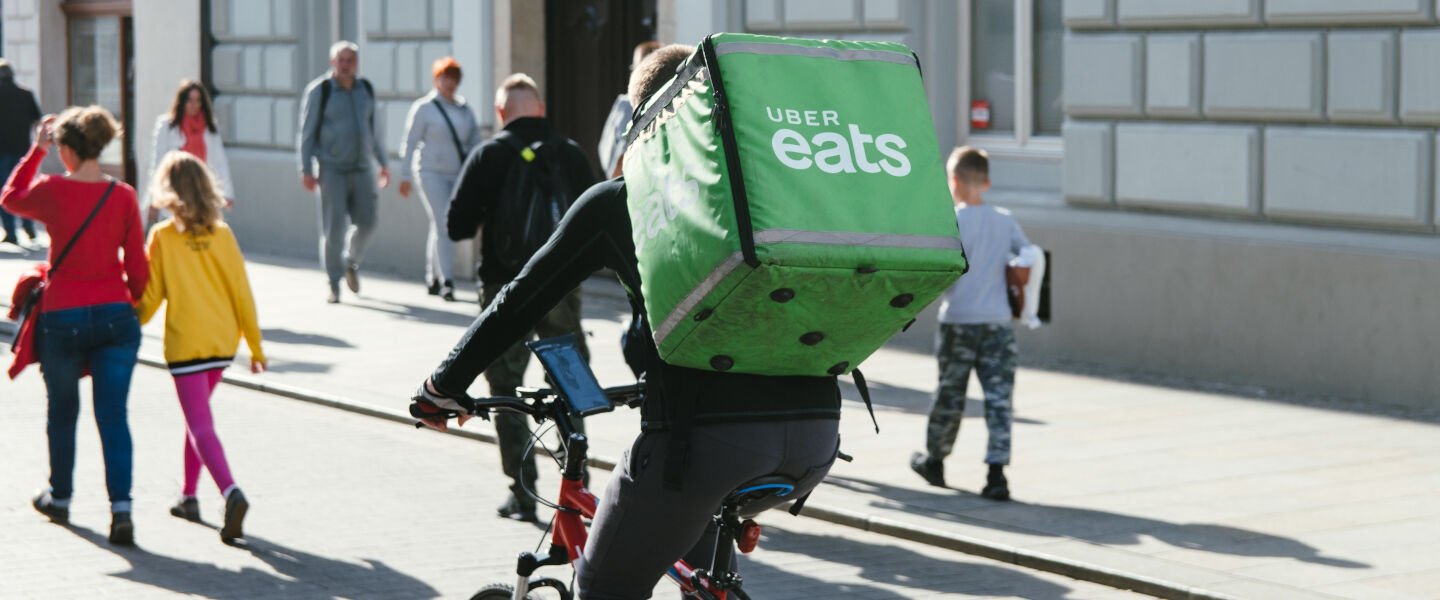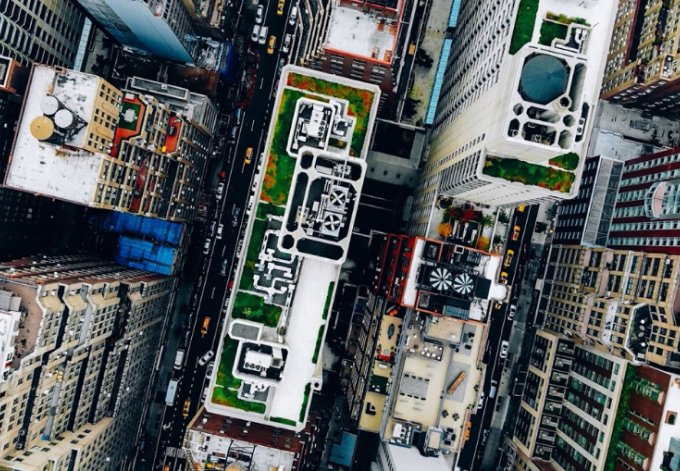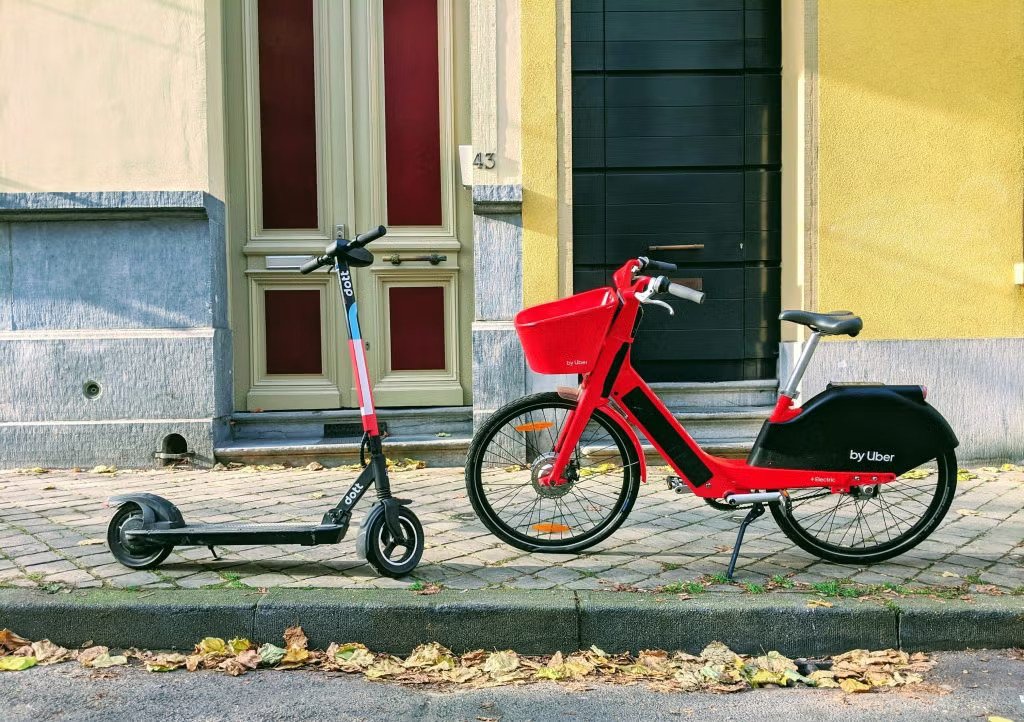Rethinking Mobility for the Post-COVID Future
For decades, millions of New Yorkers have been reminded twice a day that we are part of a single community: when we stepped on to subways and buses with our neighbors to get to work, and when we stepped on to them to get back home. But in the pre-COVID world, it was easy to lose sight of the fact that this service that literally brought us together every morning and night was the result of prior generations choosing to work together, boldly and with a common vision, to create the public infrastructure and rules needed to make life in New York possible. There was nothing inevitable about it.
Why COVID-19 Changed Urban Mobility Forever
COVID-19 has created an unprecedented shift in the ways that people and goods move within cities. As states begin relaxing stay-at-home orders and preparing for reopening, it is clear that recovery will likely be messy and possibly a months-long process of trial and error. While governments and the private sector had sought to find better ways to partner on improving transportation pre-COVID, the crisis makes it necessary for us to work together again. What should governments, private providers and civic partners do to enact a bold new vision for what transportation could be in our new reality?
How Cities Can Adapt and Emerge Stronger
This is a serious, and even existential challenge. But it is also an opportunity to reimagine how we plan and program streets to create a greener, healthier and more resilient public realm. The cities that will be best positioned to emerge stronger from this crisis are those that offer new, creative ways of delivering services, partner more strategically with the private sector, and harness data and technology to enable people to get back to work and access what they need, safely.
Make Public Transit Safer
As cities reopen, many aspects of urban mobility as we know it will shift. One of the first priorities will be getting people to and from work safely. In the first phases of recovery, many commuters are likely to avoid subways and buses and seek alternatives to public transit, especially during peak hours. Many people who previously commuted by mass transit may look to invest in a private vehicle or switch to ride-hailing services, biking, and scooters where possible. But transit will remain the essential lifeblood of the local economy, especially for people who don’t have access to, are unable to use, or cannot afford alternative modes.
Cities can continue to make public transit safer through updated safety protocols. These include frequent cleaning, adding staff where possible, and implementing clear visual markers that will help riders adhere to social distancing guidelines. The New York MTA, one of the world’s few 24-hour systems, has already halted overnight service for cleaning purposes. Yet reduced service also poses a risk of overcrowding. Employers can help ease the commuting burden by staggering work hours to reduce congestion during peak times, opening satellite workplaces in dispersed locations to ease hub-and-spoke commuting patterns, and formalizing work from home policies. Some strategies already being tested by agencies globally are temperature checks at stations, ridership caps during certain periods, timed ticketing, mandatory face masks, and robotic cleaners.
From a data and technology standpoint, transit systems that offer real-time data to customers will allow people to better plan their commutes. More precise arrival times for subways and buses, as well as real-time passenger counts will enable riders to minimize time they spend waiting on crowded platforms, determine when stations or stops are crowded, and when they should seek alternative modes of transport.

Case study spotlight
Reducing Fare Evasion in the NYC Subway
UrbanSense partnered with the NYC Mayor’s Office of Criminal Justice to understand the underlying issues leading to rising subway fare evasion.

Partner with Private Mobility Companies
Travel patterns in the first phase of recovery may continue to remain irregular as the focus turns to accessing employment centers and healthcare facilities and many at-risk employees continue to work from home. Under these circumstances, cities can continue to forge partnerships with transportation network companies such as Uber and Lyft to fill late night and first-and-last-mile service gaps and extend the reach of transit and paratransit. Mobility options that better align supply and demand will be critical to minimizing the shift toward private car ownership in cities and can serve as an effective stop gap solution until demand for public transit increases. These partnerships should prioritize lower-price offerings for essential workers, elderly, and low-income commuters and, in parallel, provide better support and working conditions for drivers through widespread access to personal protective equipment and testing.

Case study spotlight
Winning Back the Trust of Cities and Cities Congestion Playbook
UrbanSense collaborated with Uber’s Cities Team to develop a strategy for rebuilding trust with city governments and addressing urban congestion.
Invest in Other Modes of Transportation
Cities should also continue to invest in scaling up bikeshare and micro-mobility. The demand for dockless bikes and scooters may go up, as these modes offer a less dense alternative to public transit. Partnerships with bikeshare and scooter companies could range from ticketing agreements that enable public transit passes to be expanded to cover these modes, as well as dedicated on-street zones to support improved charging infrastructure. Adapting our roadways to accommodate greener modes of transportation, including adding more miles of dedicated bike and scooter lanes, and minimizing on-street parking can be a positive outcome coming out of this crisis. In the long-term, supporting new modes such as autonomous vehicles will be vital, as the way we get around cities will look drastically different.

Address Long-Term Environmental Issues
It is also important to address congestion and air quality issues in the long-term. Cities can play a role by more smartly regulating where people and goods are picked up and dropped off at the curb to cut down on needless congestion for both passengers and deliveries. Data partnerships with curb users, from Amazon to FedEx, can help cities better understand who is using the curb and when, and dynamically reprogram curb space based on demand. In this sense, better technology can enable cities to program the public realm — our streets, sidewalks, parks, and other public spaces — to adjust to rapidly changing mobility patterns and safety measures while making cities more livable and clean in the long-term. Dynamic wayfinding tools such as interactive kiosks, which provide suggested routes along pedestrian pathways and near transit stations and pick up or drop off zones can direct people to less congested routes and adapt in real time like traffic maps.
Designing Streets for Resilience and Wellbeing in a Changing World
This crisis has created an opportunity to bring a fresh lens to urban challenges as we seek to boost the economy and bring people back to work. In a time when cities are seen as vulnerable and the very value of dense urban living is in question, rebuilding public trust in our institutions during the recovery and transition period is vital. People will only feel comfortable leaving their homes on our shared journeys if we feel that cities are reopening safely and smartly. An inclusive approach that addresses the needs of the most vulnerable populations, the transit dependent, low-income, elderly, and at-risk populations will be critical. Seeking new ways of working and partnering between the public and private sector can have a lasting impact and reshape how we program our streets and for whom. In the long run, we have the opportunity to reduce private car ownership, encourage multi-modal travel, and create more walkable communities. The cities that meet this challenge will thrive in new ways. We owe it to future generations to make sure that New York is one of them.
discover more of Our Services

Community engagement
In-depth user research, workshops, and surveys to co-create meaningful, user-driven solutions.

Policy Research & Analysis
Best practices, market insights, and data analysis to inform decisions and avoid common pitfalls.
Economic Development
Delivering comprehensive economic development solutions that bridge technology, policy, and community needs.

